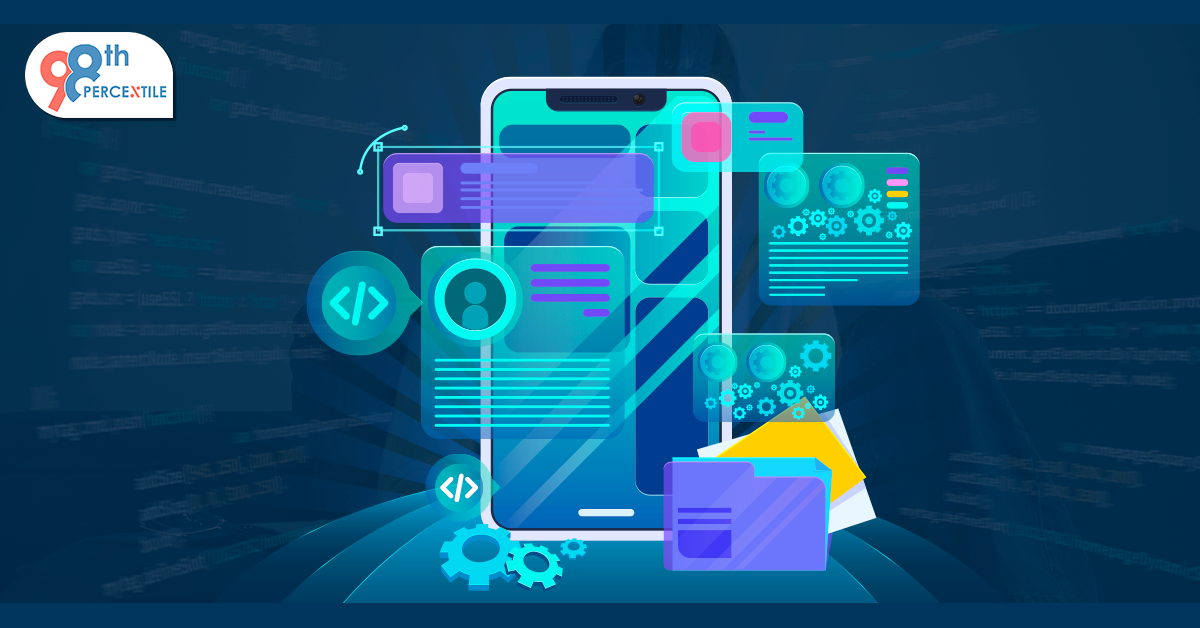In today’s digital ecosystem, Application Programming Interfaces (APIs) are the cornerstone that facilitates seamless interaction between software applications. As APIs become increasingly ubiquitous, ensuring their security is paramount to safeguard sensitive data and maintain system integrity. A breach in API security can lead to unauthorized access, data leaks, and significant reputational damage. This guide aims to equip developers with best practices for securing APIs, focusing on robust strategies to mitigate vulnerabilities and enhance data protection. By prioritizing API security, developers can build a resilient foundation for their applications, fostering trust and reliability.
Begin Your Child's Coding Adventure Now!
Featured Image: A digital lock on a background of code, symbolizing API security.
Implement Robust Authentication Mechanisms
OAuth 2.0 and JSON Web Tokens (JWT) are widely recognized standards for secure authentication. Utilizing these mechanisms ensures that only authenticated users can access your API.
Strong Authorization Controls
Ensure that your authorization logic is granular, allowing access only to the resources that a user or service has explicit permission to use. Role-based access control (RBAC) and attribute-based access control (ABAC) are effective models to implement.
Encryption and Secure Communication
Enforce HTTPS
Utilize TLS/SSL encryption for all API communications to protect data in transit. Enforcing HTTPS ensures that the data exchanged between the client and server is encrypted and secure.
Secure Data Storage
Encrypt sensitive data at rest to protect it from unauthorized access. Utilize strong encryption algorithms and manage encryption keys securely.
Input Validation
Sanitize Input Data
Always validate and sanitize input data to protect against SQL injection, XSS attacks, and other injection vulnerabilities. Ensure that incoming data adheres to the expected format.
Leverage API Schema
Use an API schema, such as OpenAPI, to define and validate the structure of requests and responses. This adds an additional layer of validation to ensure that the data exchanged is within expected parameters.
Rate Limiting and Throttling
Implement Rate Limiting
Protect your API from abuse and DoS attacks by implementing rate limiting. This limits the number of requests a user can make within a certain timeframe, ensuring the API remains available for all users.
Use API Gateways for Throttling
API gateways can effectively manage throttling policies, offering a centralized point to implement and enforce rate limiting across your services.
API Gateway
Centralized Access Control
Deploy an API gateway as a single entry point for all API calls. This simplifies the implementation of authentication, encryption, and rate limiting.
Monitor and Log Access
API gateways facilitate comprehensive logging and monitoring of API traffic. This is crucial for detecting and responding to security incidents in a timely manner.
Regular Security Audits and Testing
Conduct Security Audits
Regularly audit your API and the environment it operates in to identify potential security vulnerabilities.
Automated and Manual Testing
Utilize automated tools for security testing and complement them with manual penetration testing to ensure a thorough examination of your API’s security posture.
Book 2-Week Coding Trial Classes Now!
Securing APIs is an ongoing process that requires vigilance, regular updates, and a proactive approach to addressing new vulnerabilities. By adhering to these best practices, developers can significantly reduce the risk of security breaches and build trust in their applications. Remember, the goal is to not only prevent unauthorized access but also to protect sensitive data and ensure the integrity and availability of your services. In the dynamic landscape of API development, security is not just a feature; it’s a fundamental requirement for building resilient and reliable digital products.

 Students/Staff
Students/Staff Parents
Parents ElevatEd
ElevatEd




-Nov-18-2025-03-57-47-3267-AM.png?width=360&length=360&name=401x226%20(6)-Nov-18-2025-03-57-47-3267-AM.png)



-Jul-22-2025-03-16-52-8797-AM.png?width=360&length=360&name=401x226%20(6)-Jul-22-2025-03-16-52-8797-AM.png)






